
by Nick Anderson | Aug 11, 2023 | Plane Tales
Podcast (pt): Download
Life on 77 Squadron had settled down to a routine, if it ever really could on a fighter squadron. There was certainly plenty of variety to our flying. In one month I flew some practice bombing attacks, both day and night, on the Evans Head weapon’s range north by 230 nm. This was followed by a 4 ship formation demonstration of ground attack on our own airfield as part of an Open Day celebration for the public. Then night radar bombing on the Beecroft range at Jarvis bay about 150 nm south. Then we bombed and sank a tug boat before flying off to New Zealand.
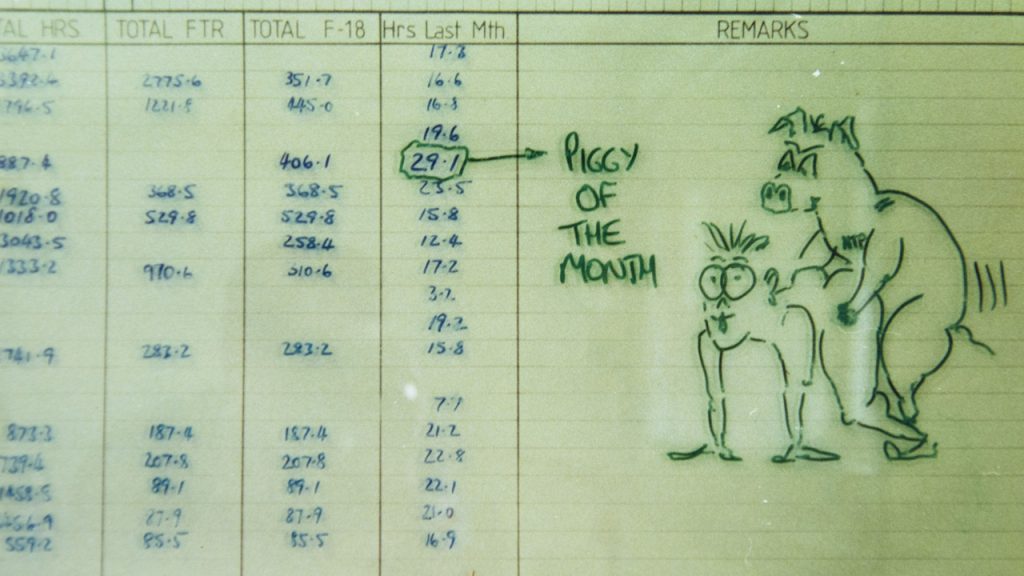
The Squadron hours board
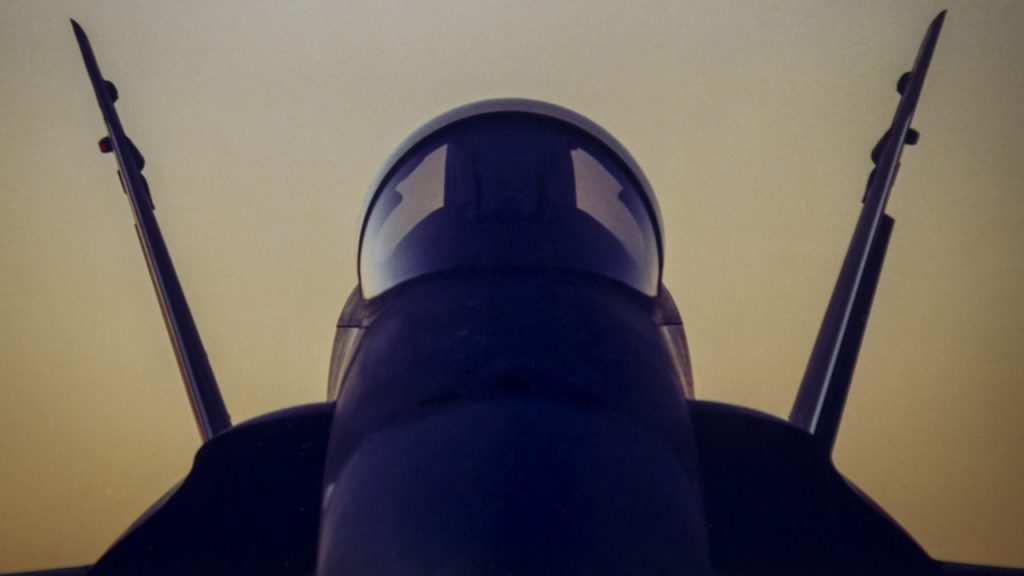
A head on view of the FA18A
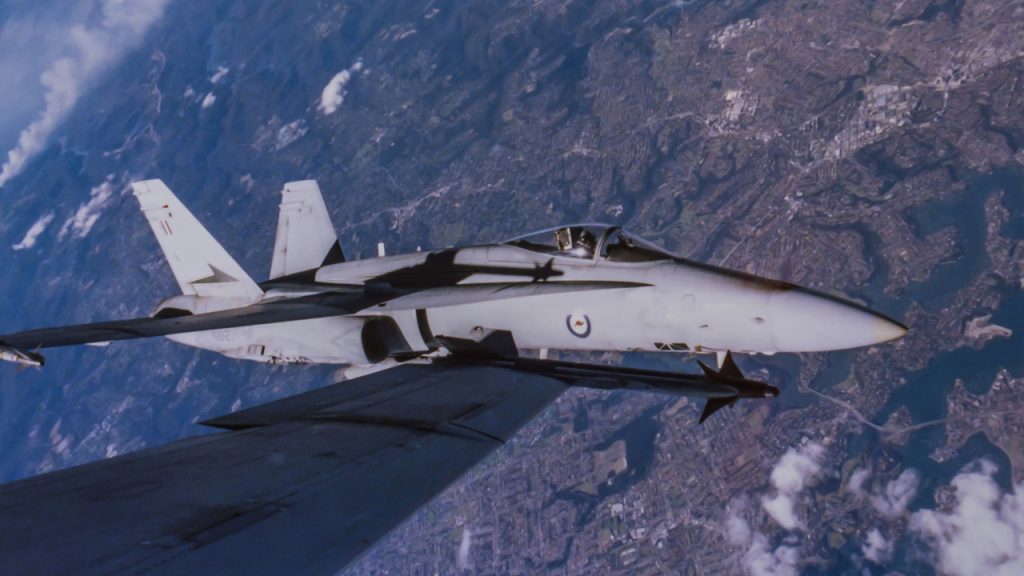
Our Hornets in close formation
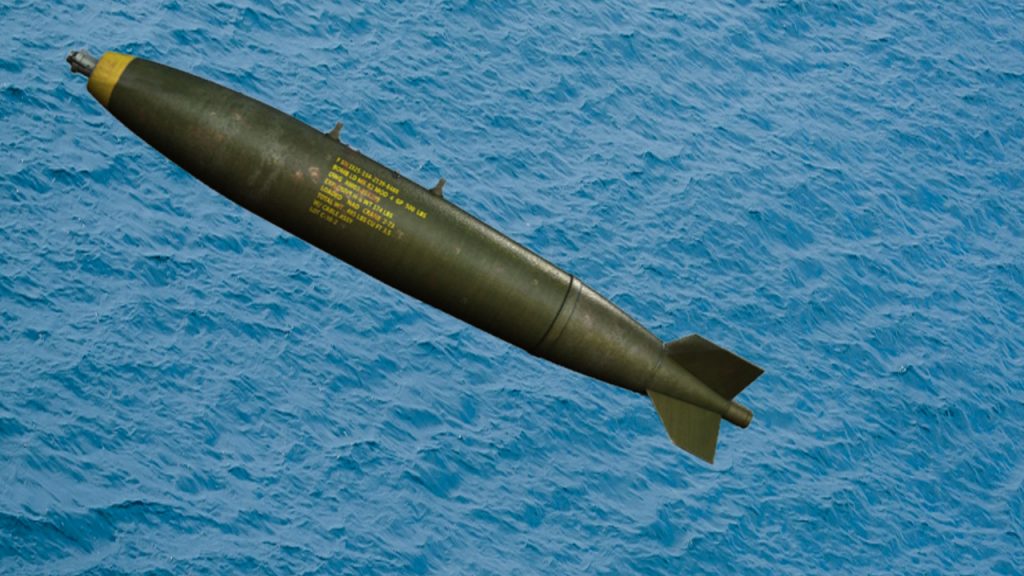
A MK82 low drag general purpose bomb
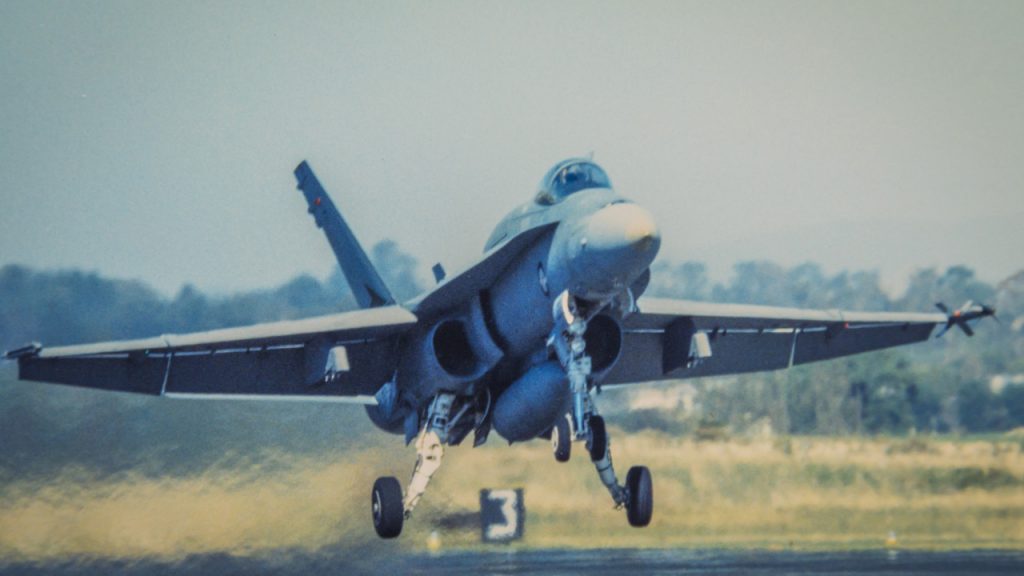
A 77 Sqn Hornet landing

RNZAF Strikemasters AKA the Bluntie
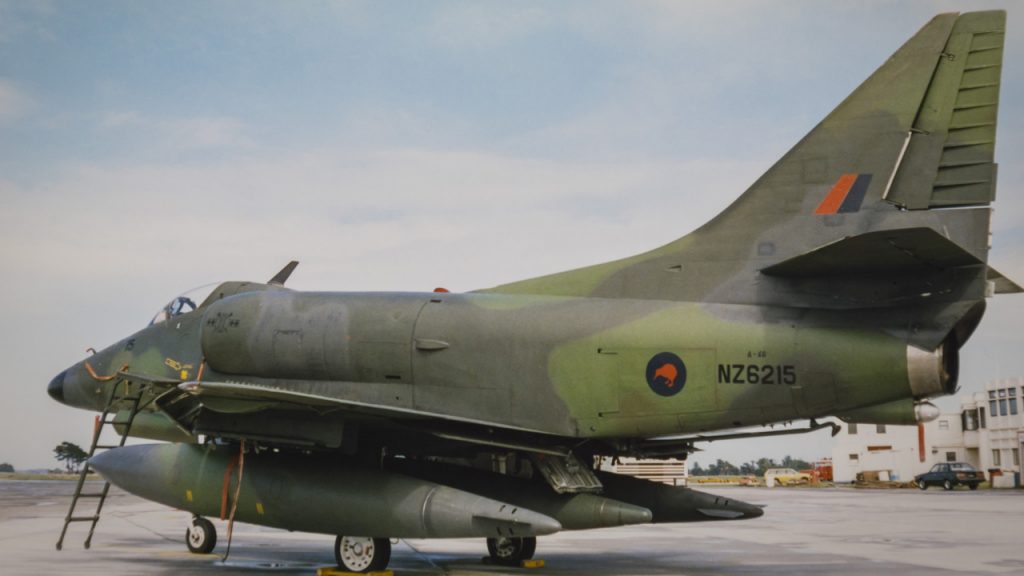
The RNZAF A4 Skyhawk
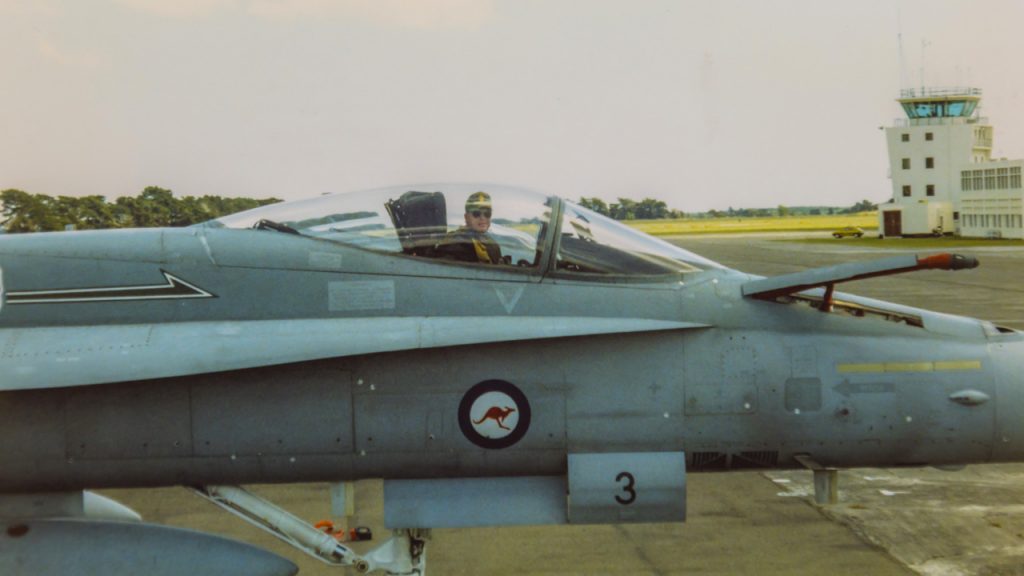
Landing at Ohakea
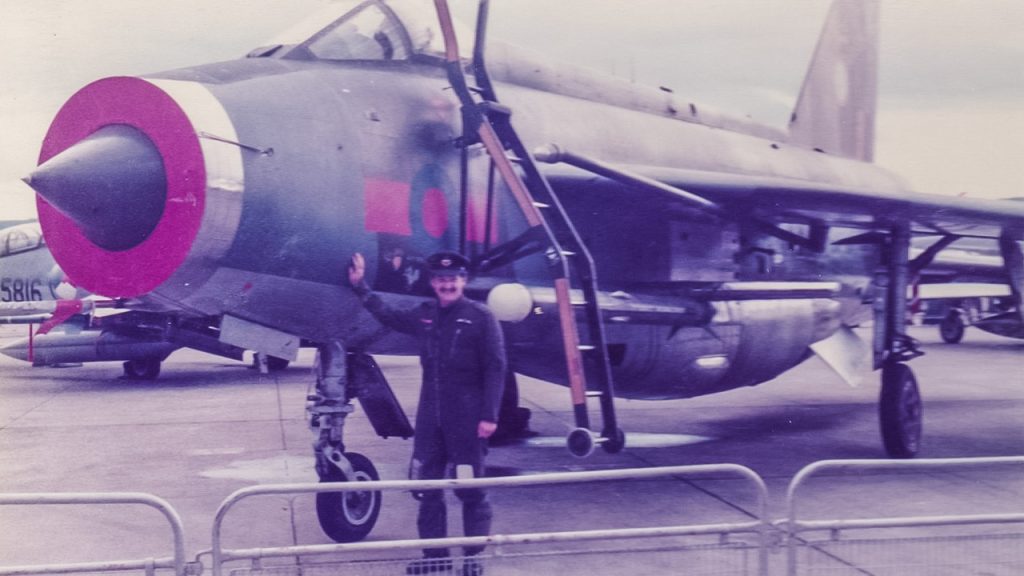
My old buddy John
Images under Creative Commons licence with thanks to Myself and Greenshed.
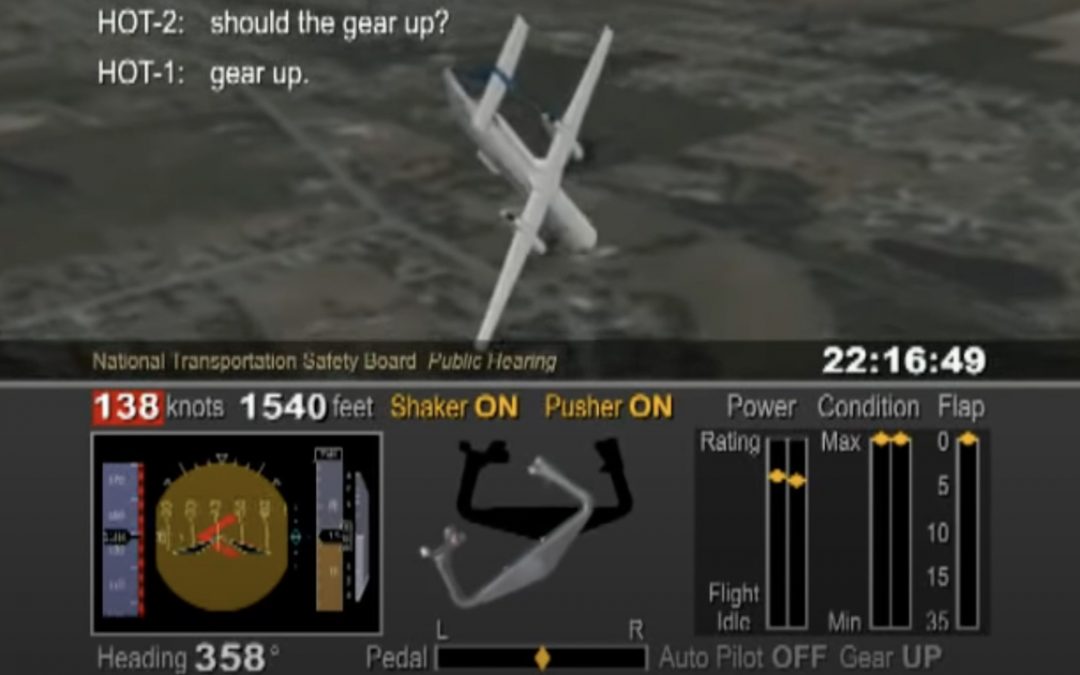
by Nick Anderson | Aug 10, 2023 | Plane Tales
Podcast (pt): Download
Marvin and Rebecca’s first two flights of the day were cancelled due to high winds at Newark so they both waited in the crew room until their company dispatch released them for flight 3407 at 6pm, 4 and a half hours after their initial report time. Certainly for Rebecca, it had been a long time since she had done more than nap in a chair. Their flight to Buffalo was due to take 53 minutes and they were carrying 45 passengers which, along with their two cabin attendants meant that they had 49 souls onboard their Q400 aircraft. The pilots’ performance was likely impaired because of fatigue but to what extent could not be conclusively determined. However, they boiled down to the flight crew’s failure to monitor airspeed, the flight crew’s failure to adhere to sterile cockpit procedures, the Captain’s failure to effectively manage the flight and Colgan Air’s inadequate procedures for airspeed selection, management during approaches in icing conditions and training. This is the story of Colgan Air Flight 3407.

A Bombardier Q400
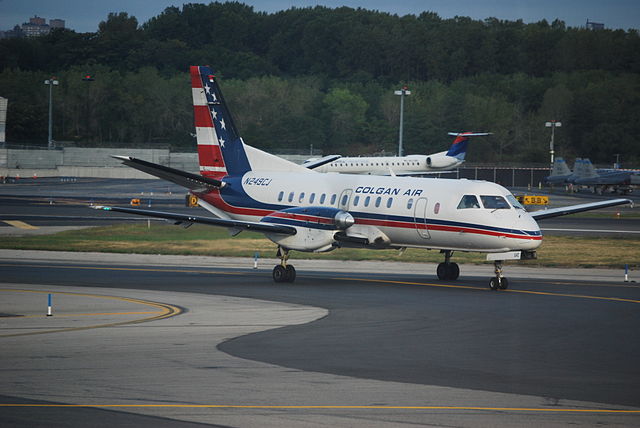
The SAAB 340
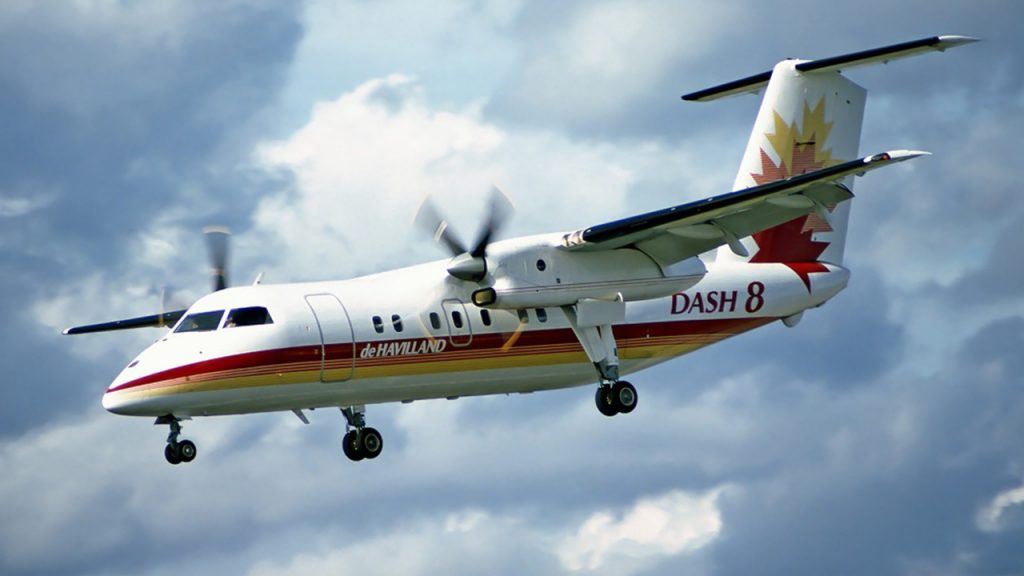
The DH Dash 8
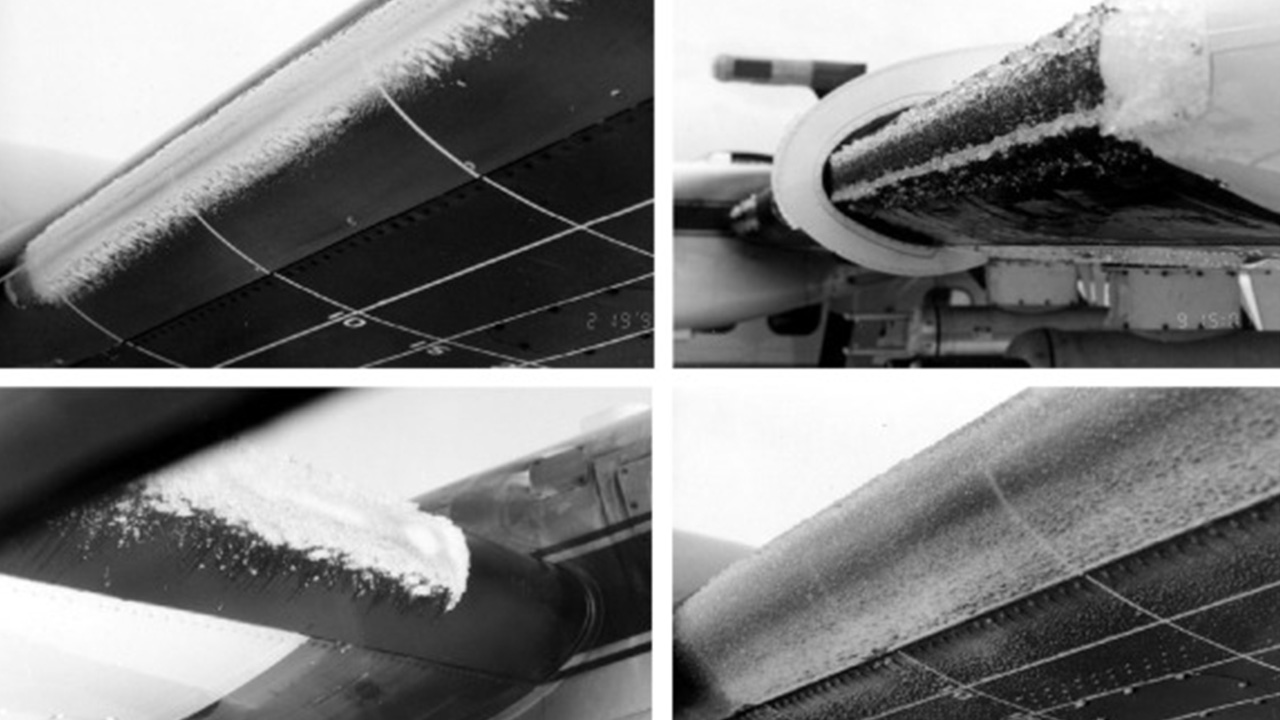
Examples of wing icing
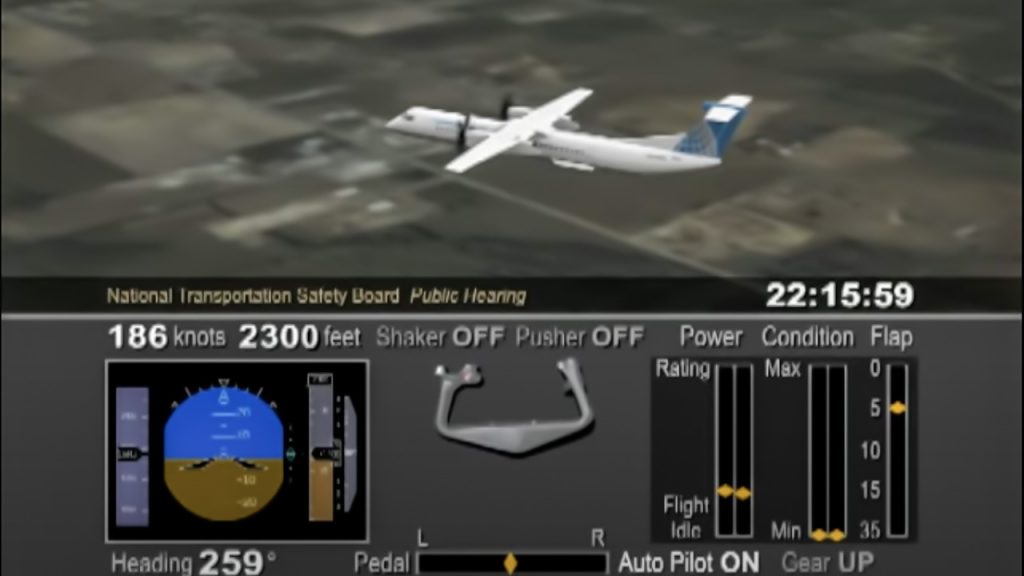
Stills from the NTSB accident report
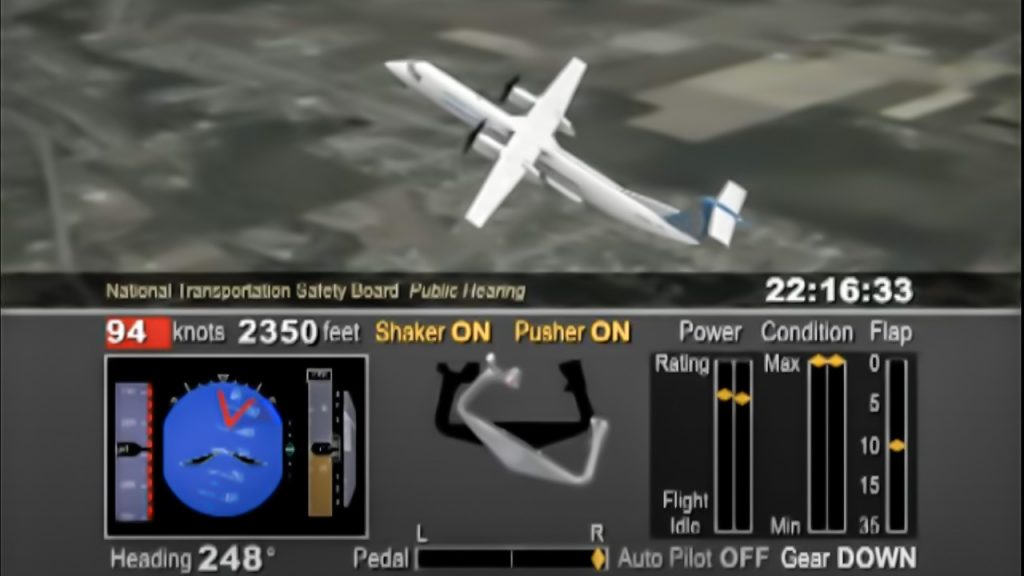
Stills from the NTSB accident report
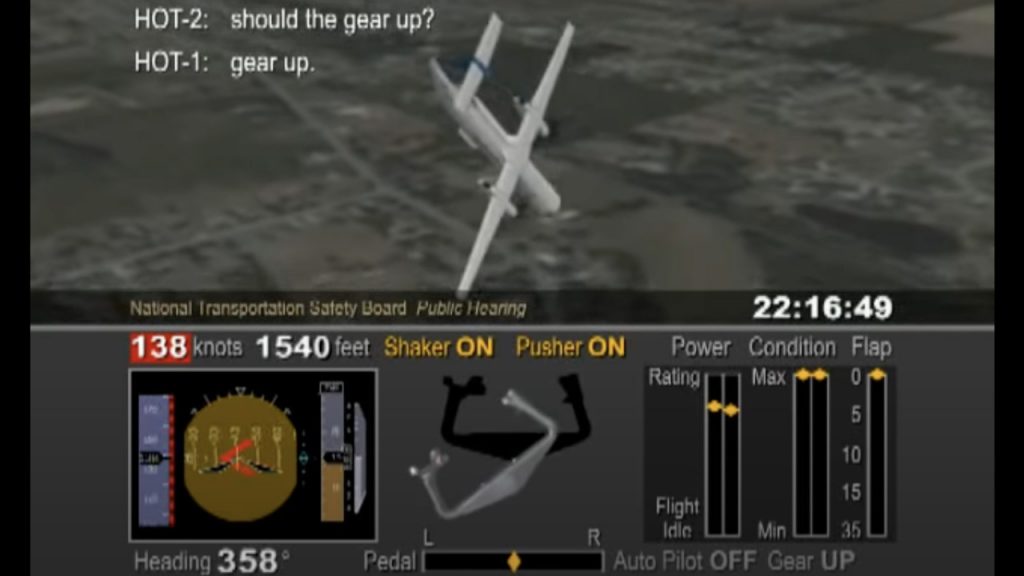
Stills from the NTSB accident report
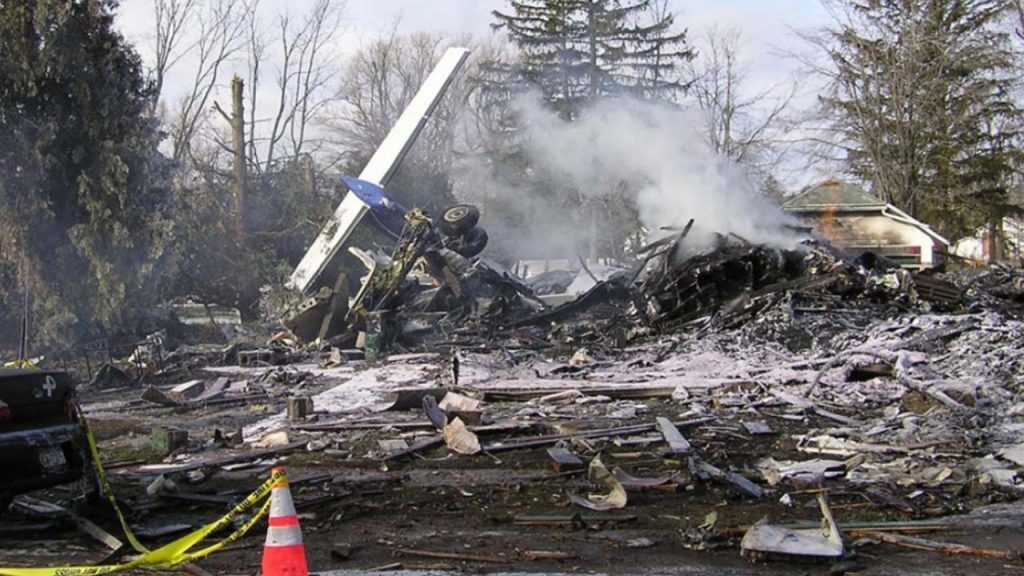
The wreckage of Flight 3407
Images under Creative Commons licence with thanks to Lord of the Wings, Bill Abbott, Steve Fitzgerald, NASA and the NTSB.
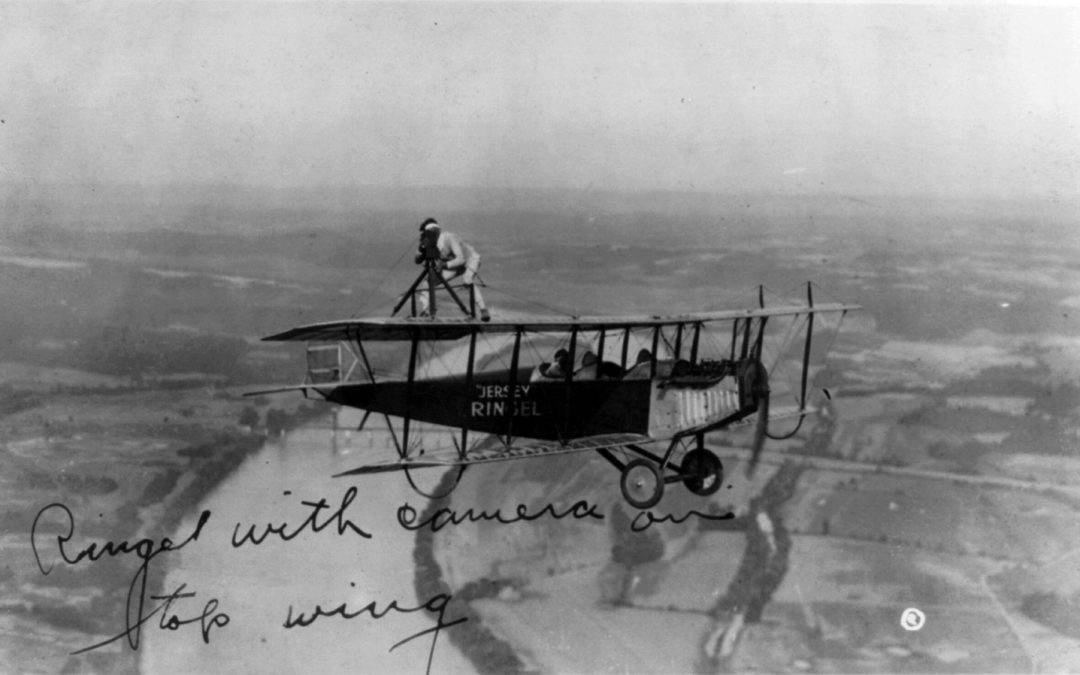
by Nick Anderson | Aug 6, 2023 | Plane Tales
Podcast (pt): Download
With thanks to listener Sam Dawson who has such interesting relatives and to Betty Goerke, the author of a book about Baz Bagby, A Broken Propeller. I am pleased to present the story of Sam Dawson’s Great Uncle Baz.
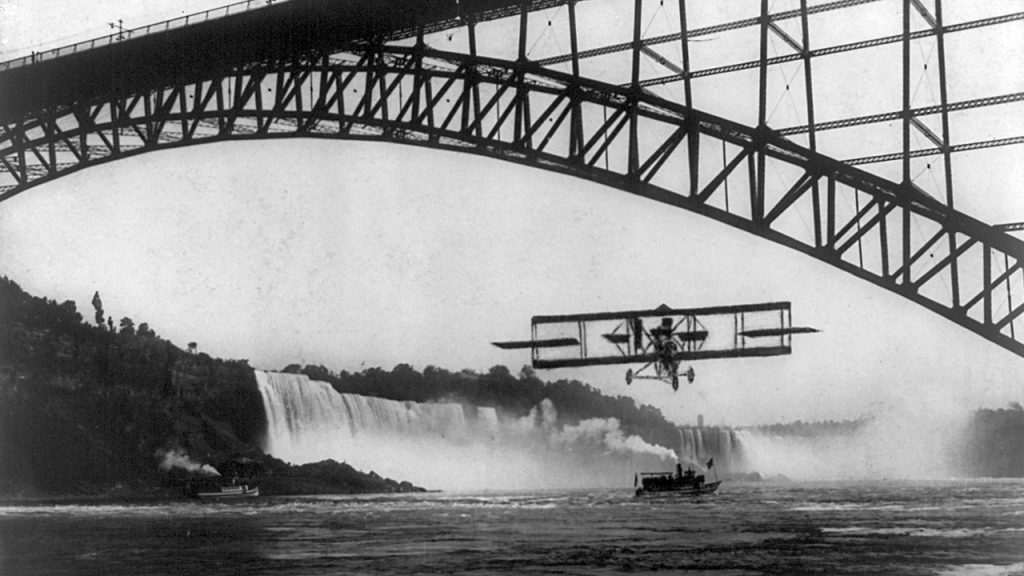
Stunt pilot Lincoln Beachey at Niagara

The 1st Aero Squadron

Early Aerial Reconnaissance

The 88th Aero Squadron
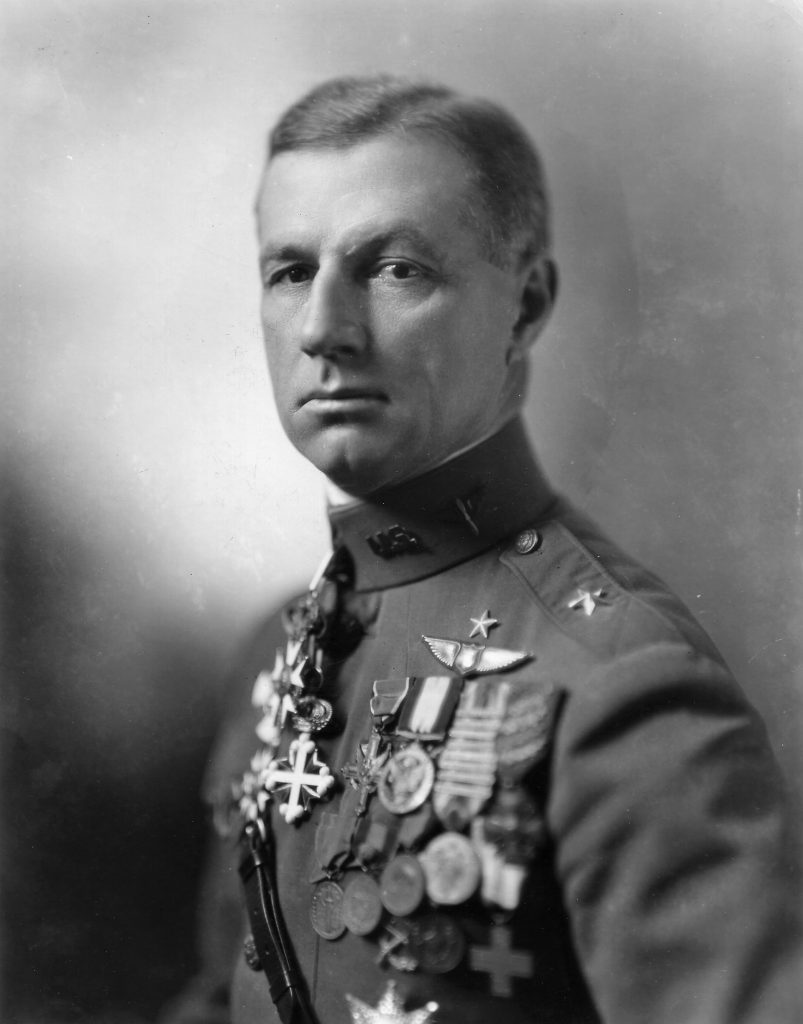
General Billy Mitchell
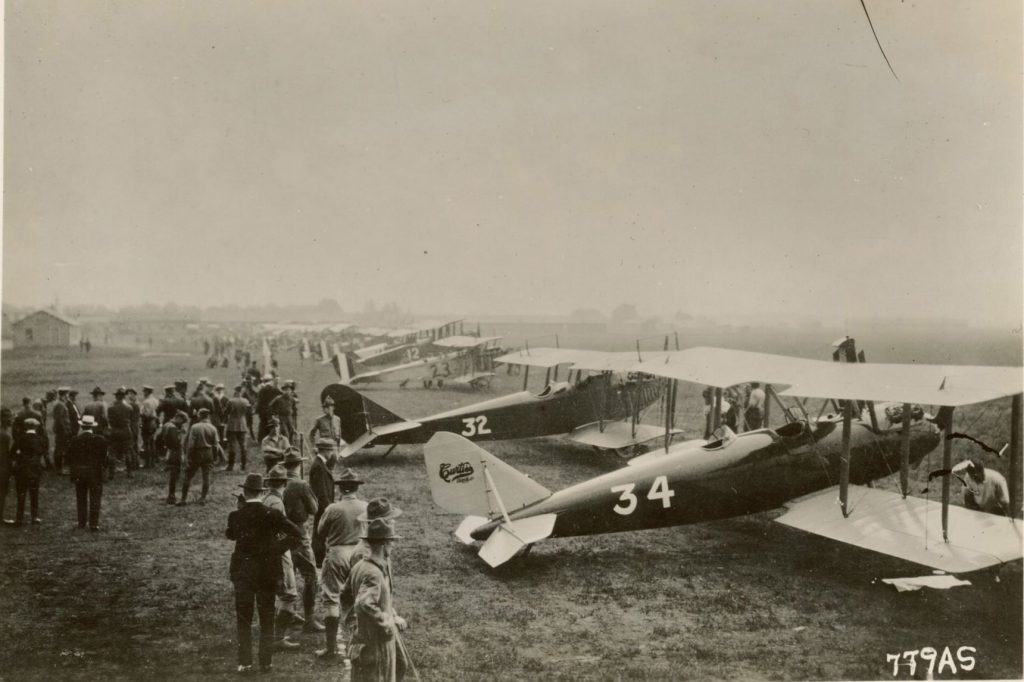
The start of the Great Transcontinental Air Race
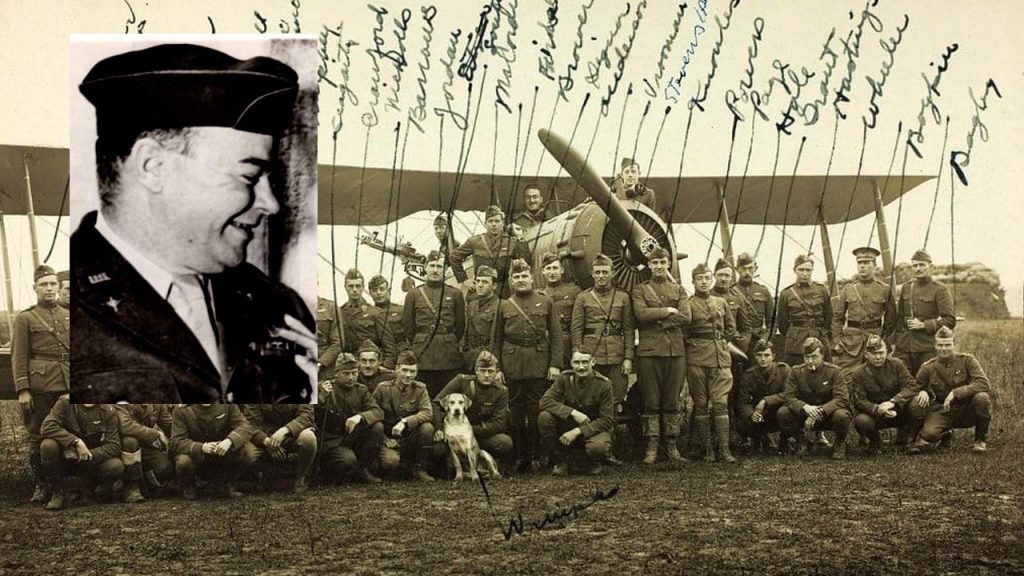
Great Uncle Baz
Images under creative commons licence with thanks to the Library of Congress, the USAAC, the USAF, the RFC, the US Army, the National Archives and SADSM.
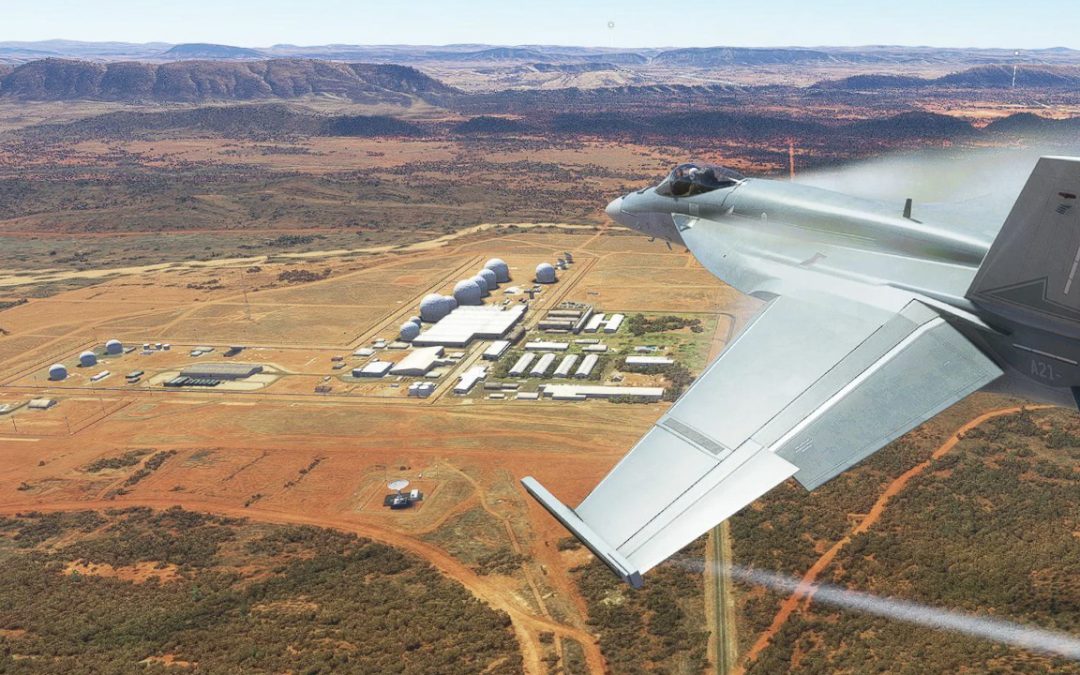
by Nick Anderson | Aug 4, 2023 | Plane Tales
Podcast (pt): Download
The continuation of my log book tales, otherwise known as RAF Form 414, and we are up to Volume 20. Apart from other asides, this tale deals with my accidental overflight of a very secret satellite surveillance base run by the Australians and the CIA!

Overflying Uluru (Ayres Rock)
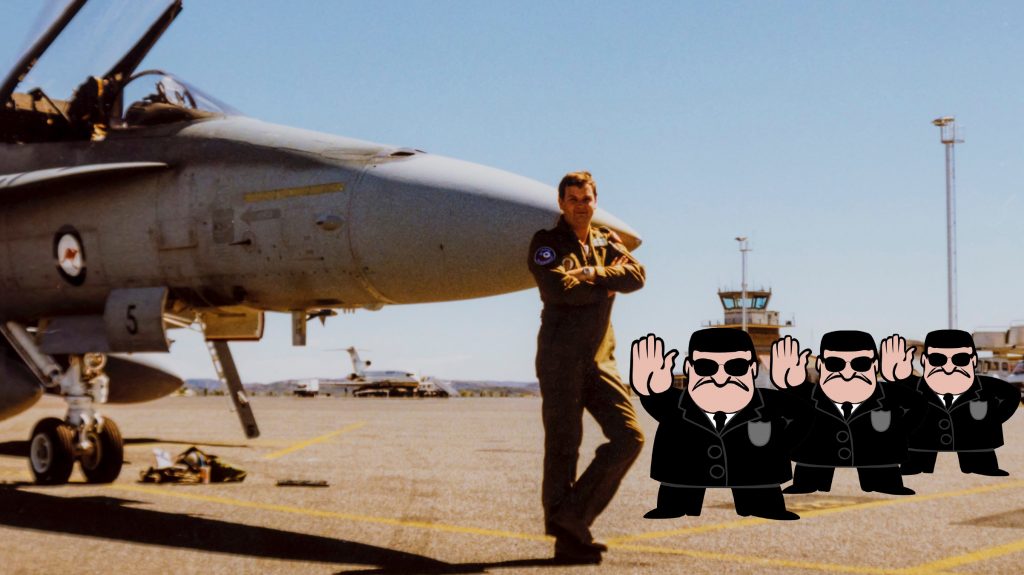
My arrival at Alice Springs airport
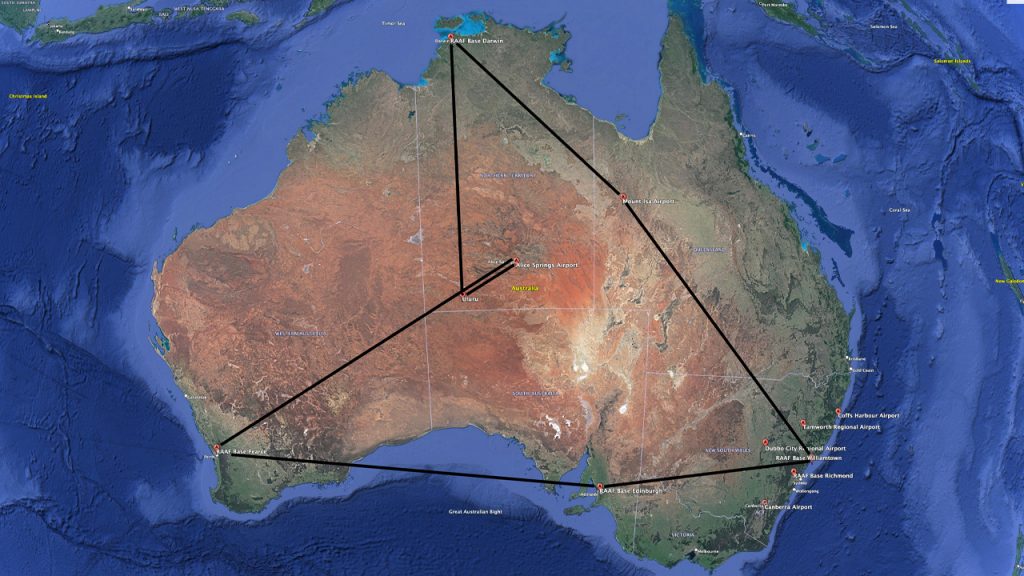
My ‘circumnavigation’ of Australia
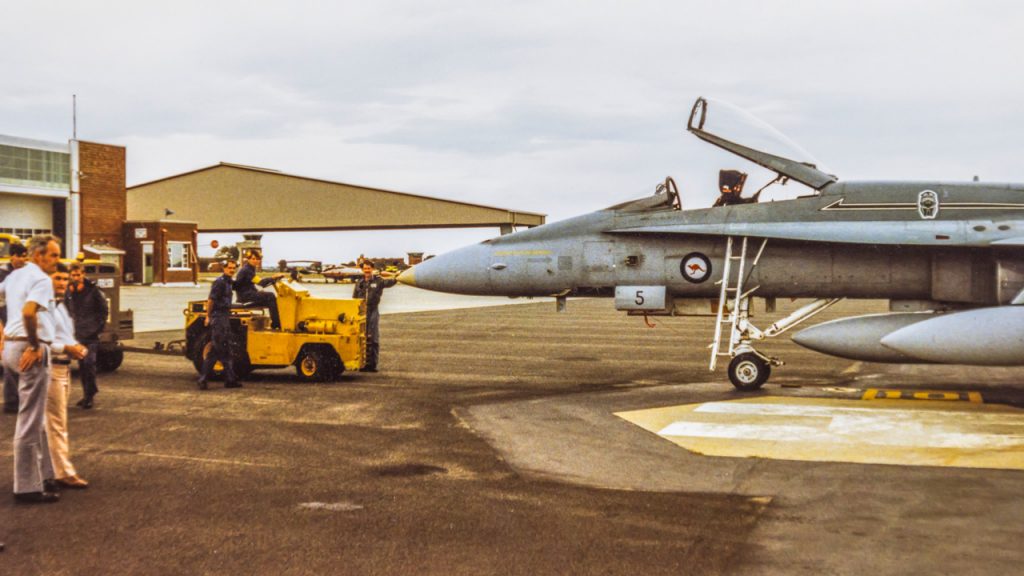
My aircraft being impounded on arrival at RAAF Pearce

Seeing my father at the 1881 Resturant

The Great Australian Bight
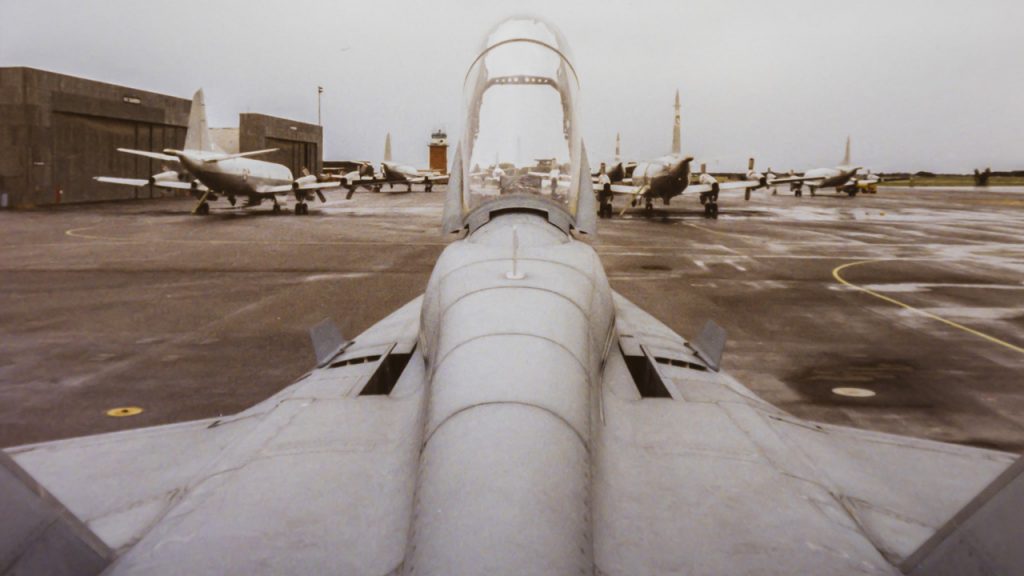
Passing through RAAF Edinburgh
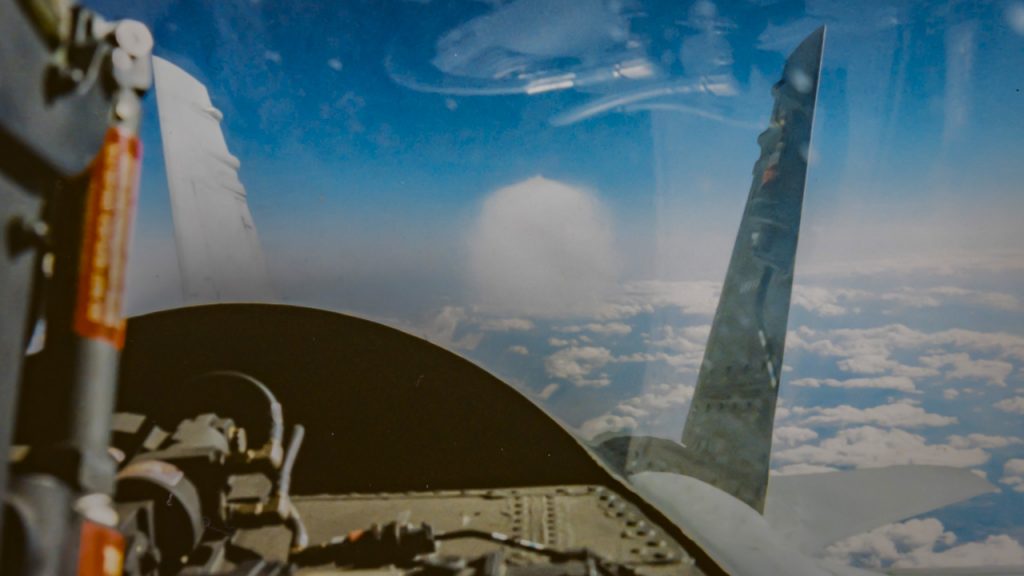
Looking back through the fins

Heading home to Williamtown
Images under creative commons licence with thanks to Myself, Nachoman-au and Google Earth.
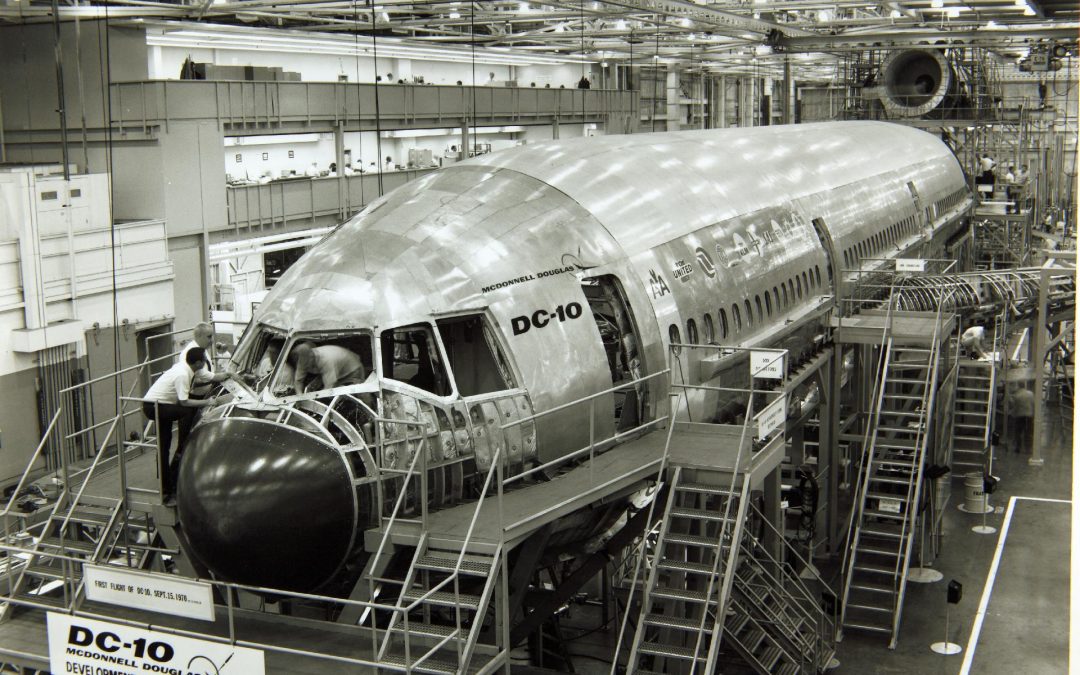
by Nick Anderson | Aug 3, 2023 | Plane Tales
Podcast (pt): Download
The DC-10 was McDonnell Douglas’s first commercial airliner project since the merger between McDonnell Aircraft Corporation and the Douglas Aircraft Company in 1967. It started life on the drawing boards as a 4 engined, double decked, wide body airliner that could carry 550 passengers but morphed into single deck, three engined aircraft that could carry one passenger short of 400! In what was expected to be a knockout blow to the competing Lockheed L-1011, the President of American Airlines and James McDonnell of McDonnell Douglas announced American Airlines’ intention to acquire the DC-10. Flight 96 was en route between Detroit and Buffalo when, above the city of Windsor in Ontario whilst climbing through 11,750 ft the flight crew heard a distinct thud and dirt and debris flew up from the cockpit floor into their faces. On inspection it was obvious that the rear cargo door had detached from the aircraft. This is the story of the DC-10 cargo door issue and the engineer who tried to warn the company of the dire problem.
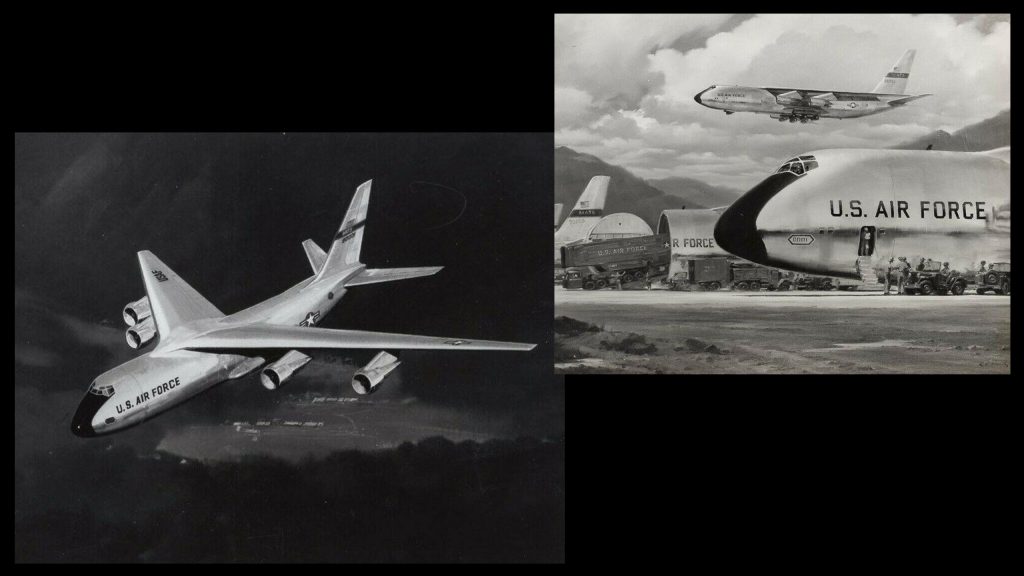
The 4 Engined Douglas Proposal
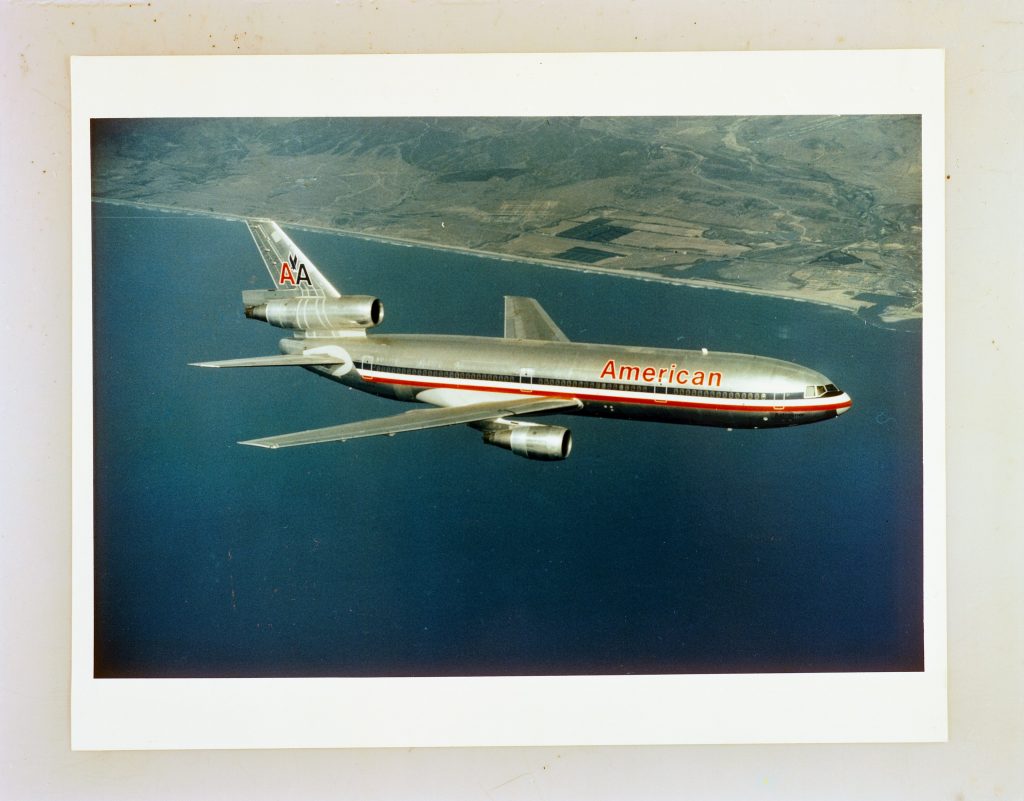
The DC-10
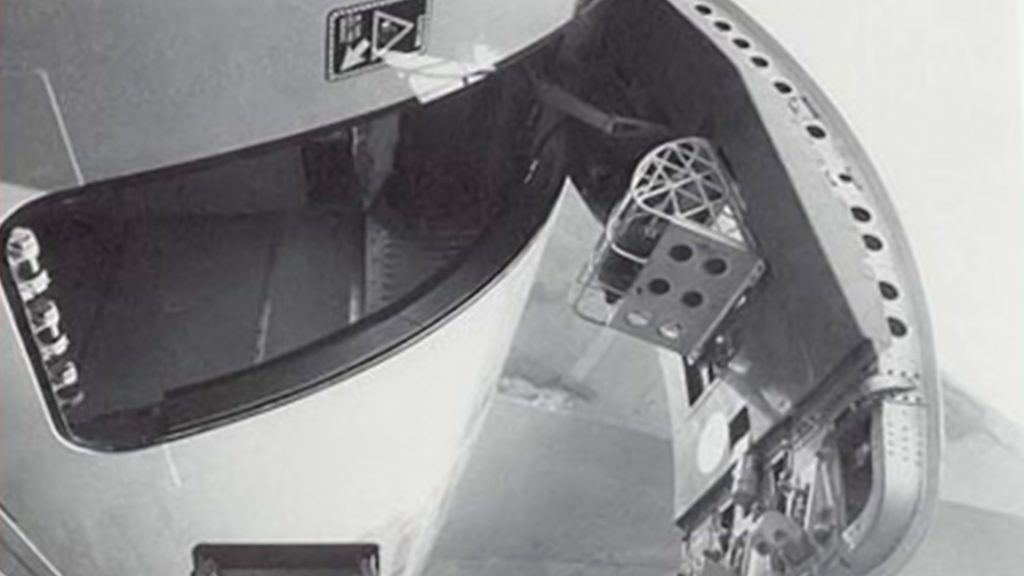
The Cargo Door
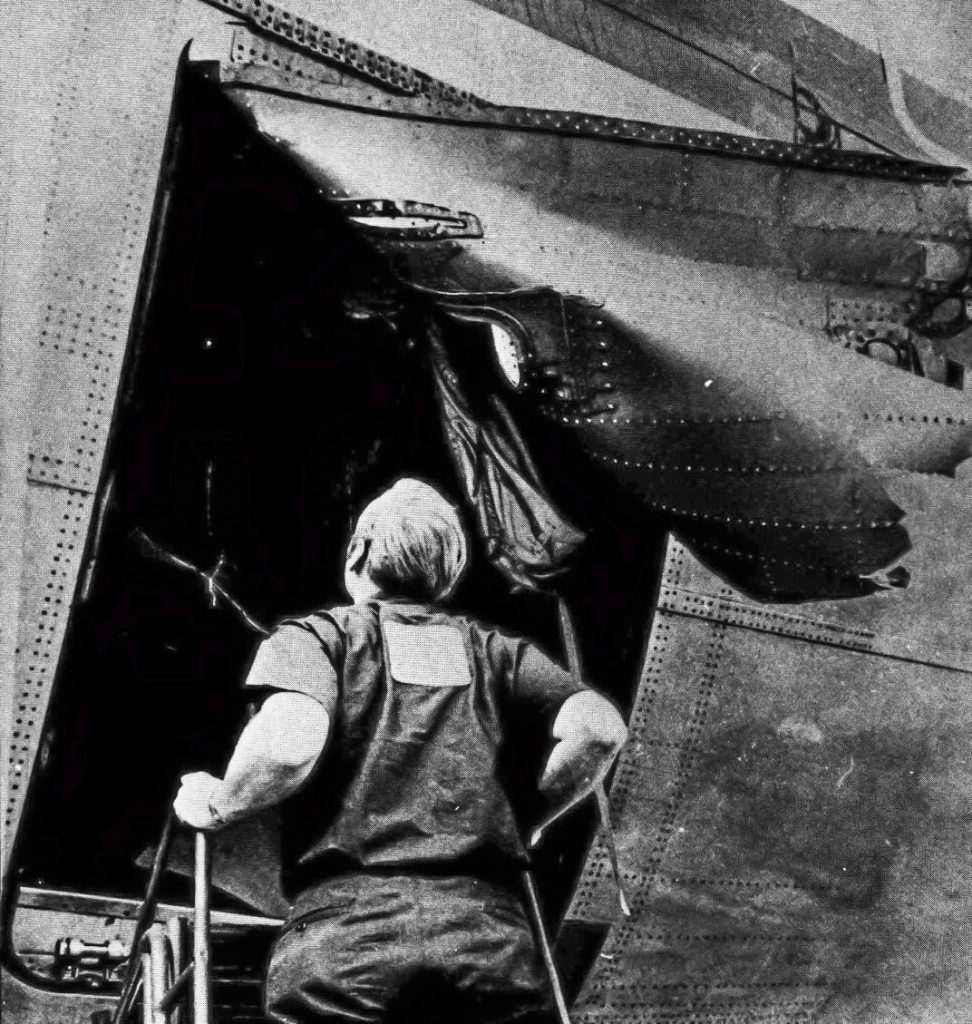
The Cargo Door of Flight 96
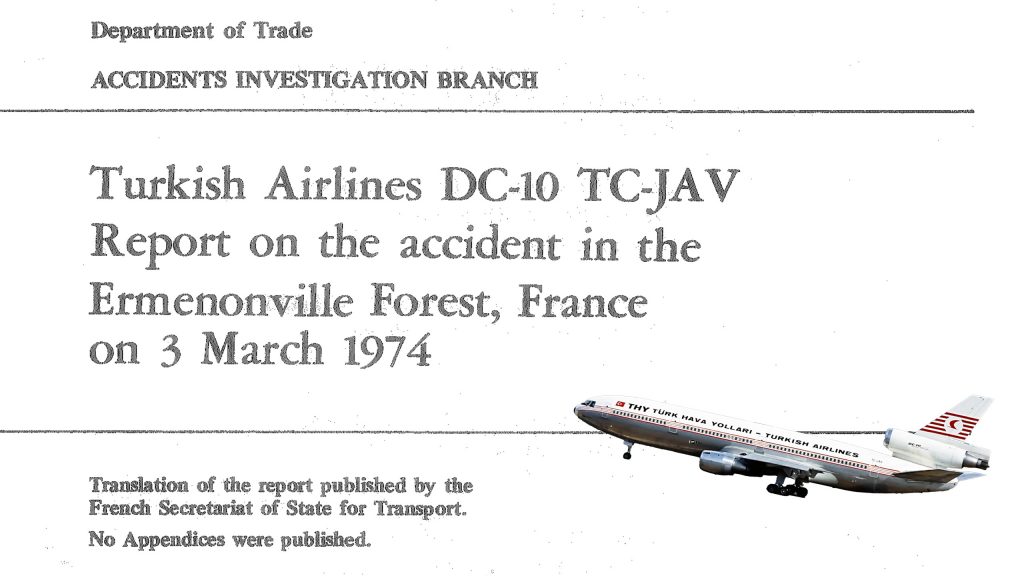
The Accident Report of Turkish Airlines Flight 981
Images under Creative Commons licence with thanks to the SDASM archives, the Douglas Aircraft Corp, U.S. National Archives and Records Administration, the FAA and the DOT AIB.

















































